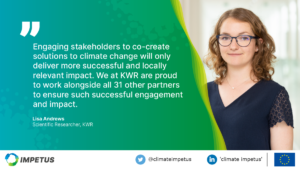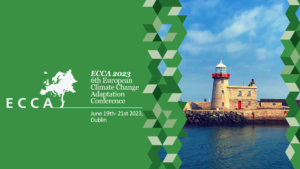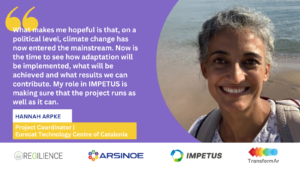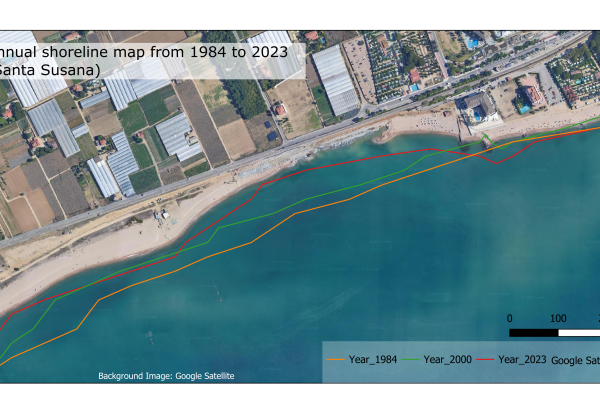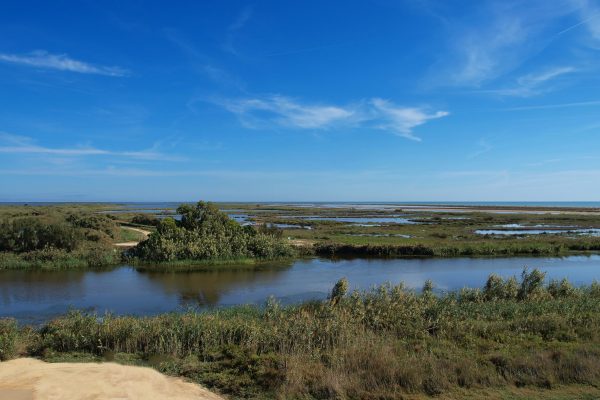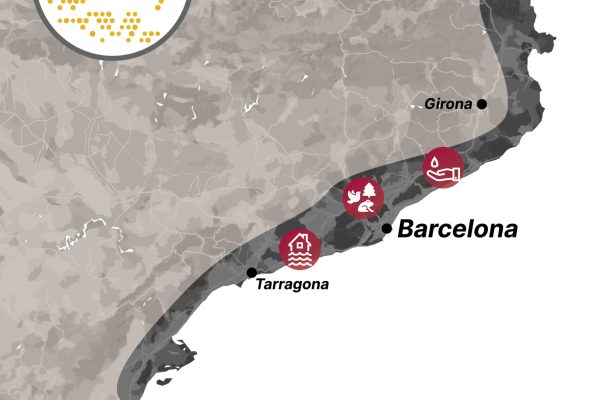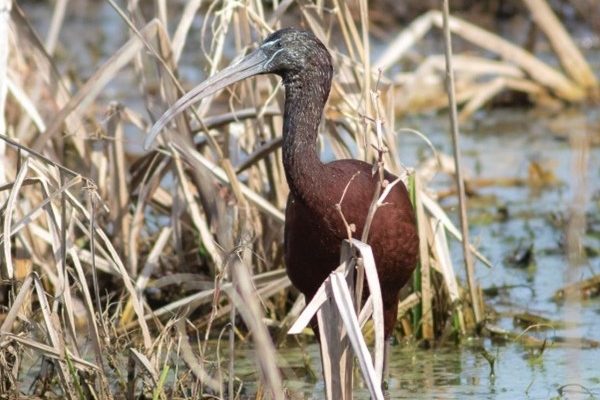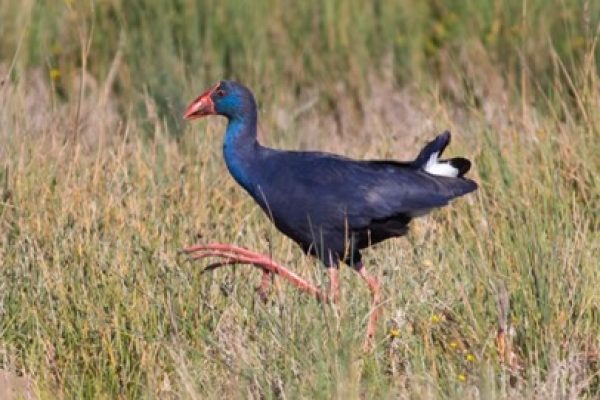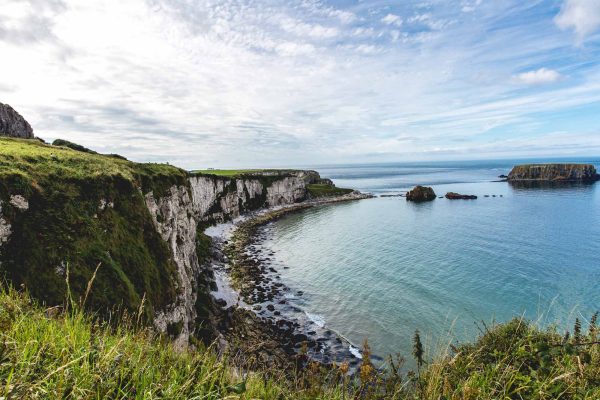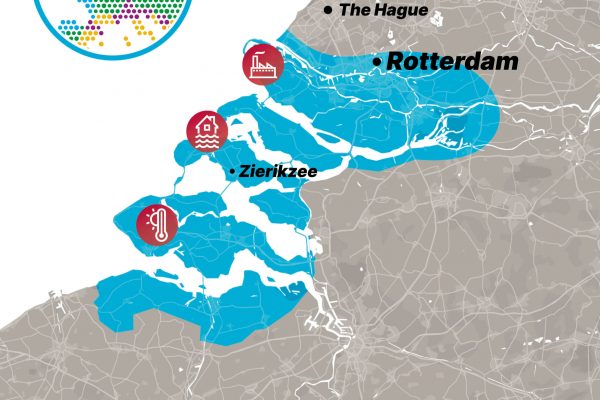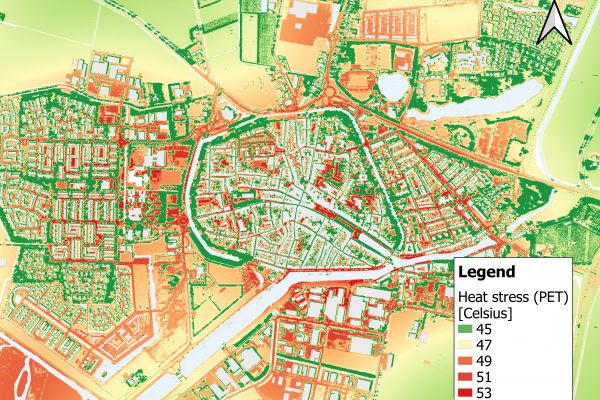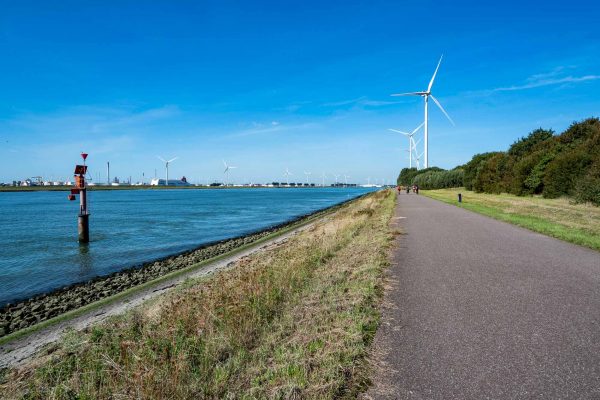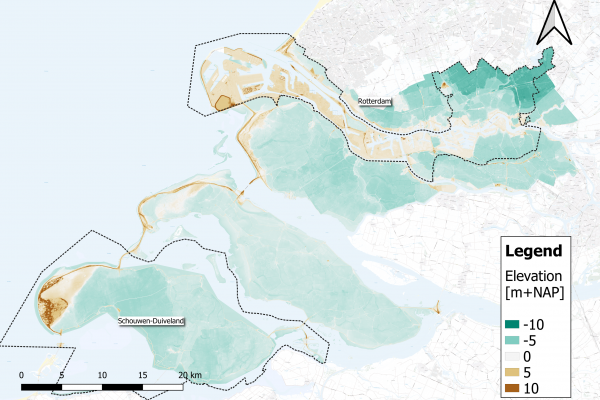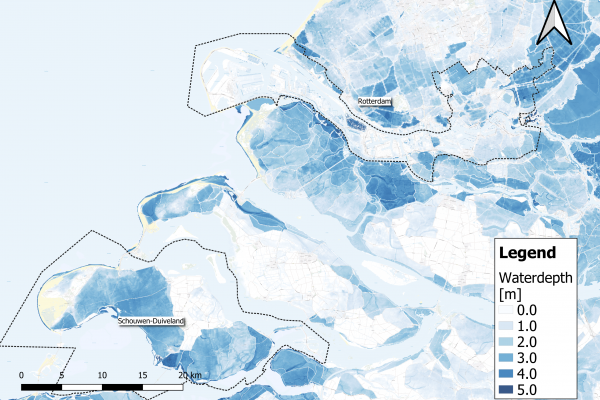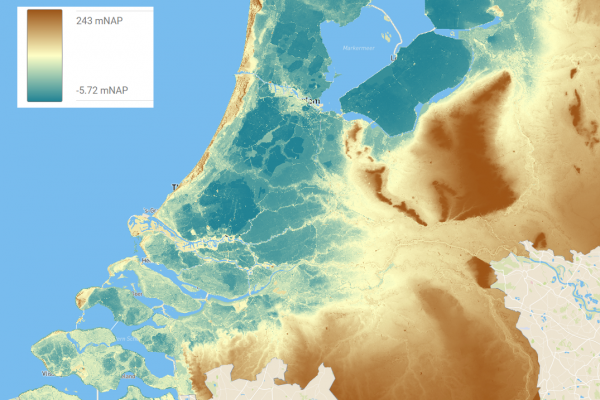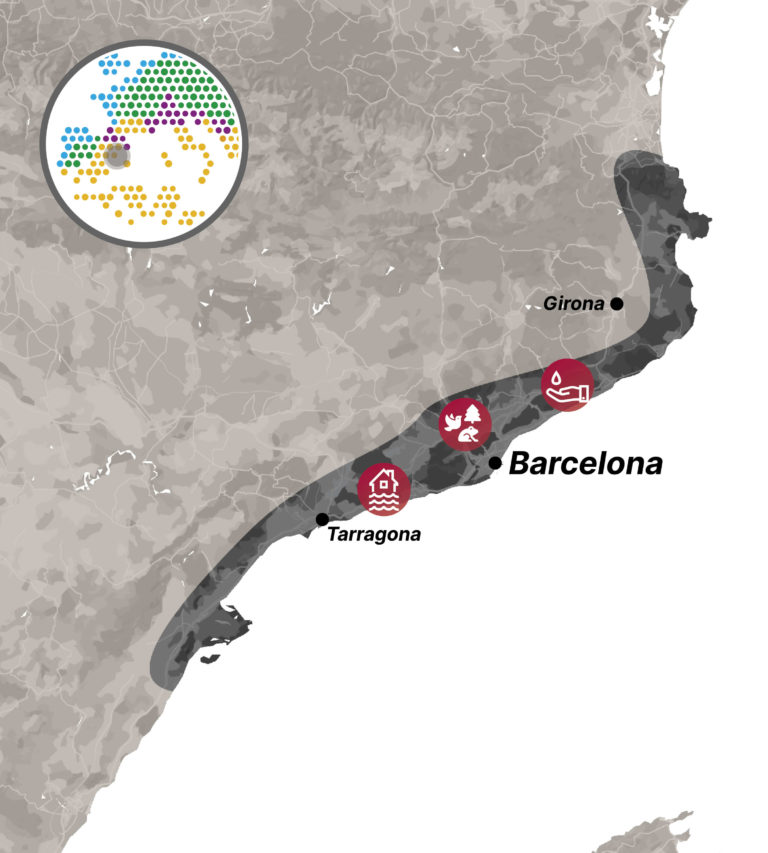
Prognosis
Current climate impact trends will exacerbate existing problems regarding water supply, biodiversity loss, flooding and salination.
Situation
The 600km long Catalan coast in north-eastern Spain has a wide array of geographical and biodiversity systems that provide ecosystem services. While it’s quite representative of other coastal regions and the Mediterranean, this area is a hotspot of tourism, natural and societal factors, economic activities and interests, urbanisation, agriculture, and critical infrastructure and industries. These compete for resources and make the region highly vulnerable to climate change impacts.
Climate related issues
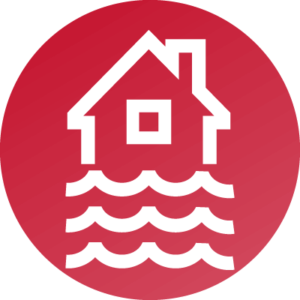
Rising sea level
Low-lying estuaries, land and infrastructure are prone to floods.

Biodiversity loss
Increasingly frequent and intense marine storms impact coastal species.
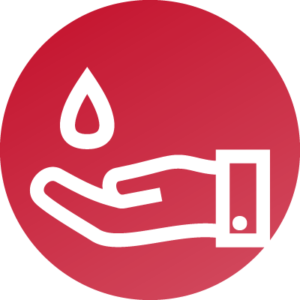
Water supply
Chronic water scarcity is aggravated by climate change and tourism.
Key actions
We are creating digital decision support tools for climate change mitigation and adaptation and also:
- increasing water availability and quality through hybrid decentralised management systems;
- developing monitoring methods to mitigate the effect of sea-level rise and marine storms on coastal erosion;
- assessing pathogen resilience of drinking water treatment plants;
- creating tools to predict trends of extreme events and their economic impact.
Co-creation of these solutions is at the heart of our approach; key stakeholders are included in designing and validation.
Contact us

Queralt Plana
Eurecat
queralt.plana[@]eurecat.org

Gabriel Borràs
Eurecat
gborras[@]gencat.cat
Events
News
Resources
Relevant sectors:
Municipality
Citizens
Spatial planning
Water utilities
Agriculture
Tourism
Transport infrastructures
Our ambitions
“Climate change effects and their consequences are becoming more evident along the Catalan Coast. Climate adaptation measures are required in this region to ensure a safe environment and human health.
Within the Coastal demonstration site, we defined ambitious goals for the IMPETUS project. These ambitions are aligned with the Work Programme on Climate Change Adaptation proposed by the Government of Catalonia. The solutions include digital tools, guidelines and physical implementations to support local and regional decision-makers. Stakeholders’ engagement and enhanced behavioural change are strengthened to co-create and co-design adaptation strategies. There is also a keen interest to transfer and replicate such an approach to similar Coastal regions.
Do you want to learn a bit more about our work? Feel free to contact us.”
Queralt Plana, Eurecat
- Hold introductory meetings with relevant stakeholders
- Implement hybrid decentralised water management systems
- Validate prediction tools for river sediment transport management
- Promote dune restoration and wetland construction, assessing impacts on biodiversity
- Promote resilient tourism strategies
- Implement tools for predicting extreme events trends and related economic impacts
- Implement tools for assessing water-borne diseases prevention
- Run learning activities about the regional adaptation and innovation packages
- Incentivise the Catalan government to adopt the regional innovation package
- Make demonstrated solutions available for other coastal communities
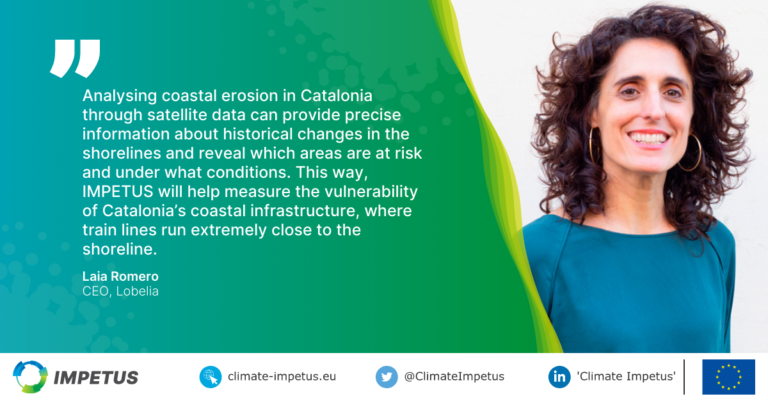
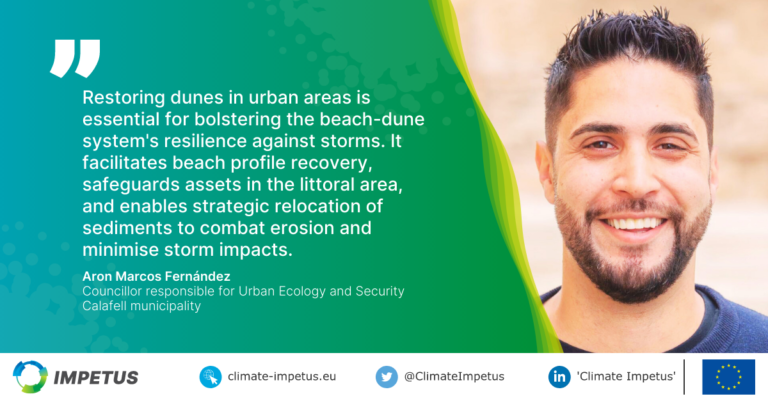
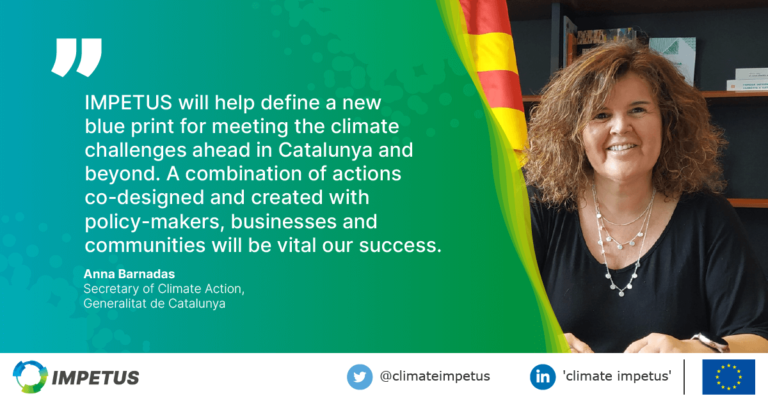
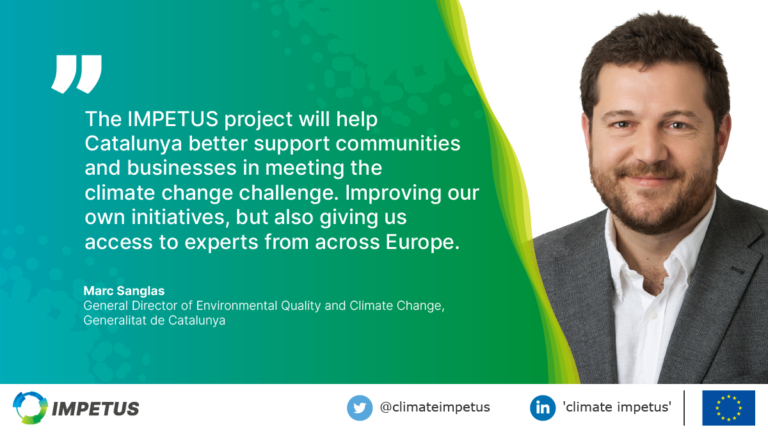
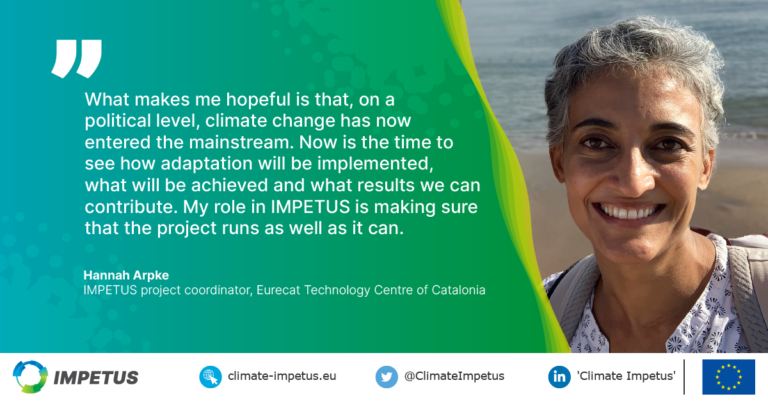
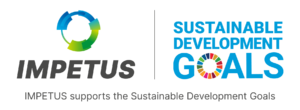
Issues
- Sea-level rise threatens low-lying coasts, especially deltas and estuaries. Flash flooding and related damage from irregular rainfall and marine flooding are problematic, particularly in densely populated areas.
- Increasingly frequent and intense marine storms impact coastal assets and species.
- Chronic water scarcity is aggravated by climate change, tourism and dependencies on river transfers, desalination plants and reclaimed water.
Region-specific solutions
Below sea-level multifunctional wetlands to adapt to sea-level rise


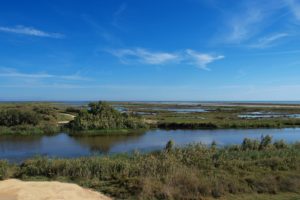 Constructed wetlands have been used to treat urban wastewater but are rarely applied to agricultural wastewater. Nutrients, metals, pesticides and organic pollutants have been successfully removed at rates of 30-99%, using processes such as adsorption, precipitation, filtration, sedimentation, microbial degradation, and plant uptake.
Constructed wetlands have been used to treat urban wastewater but are rarely applied to agricultural wastewater. Nutrients, metals, pesticides and organic pollutants have been successfully removed at rates of 30-99%, using processes such as adsorption, precipitation, filtration, sedimentation, microbial degradation, and plant uptake.
Our approach:
- Construct a multifunctional wetland, including novel active layers, in flood-risk below-sea-level areas used for agriculture.
- Operate this on a pilot basis using different management strategies (wet/dry periods), using solar pumping to feed it with agricultural wastewater, and remove nutrients, pesticides, and organic pollutants before discharge.
- Evaluate the ecosystem services of this wetland: water quality improvement, coastal protection, biodiversity and climate regulation (carbon sequestration), and compare them to the centralised systems currently in place.
- Demonstrate feasibility for decentralised systems such as near-sea on-farm small wetlands;
- Test that this approach aligns with internationally accepted nature-based solution principles and elaborate a plan for upscaling the solution.
Sand dune restoration and monitoring

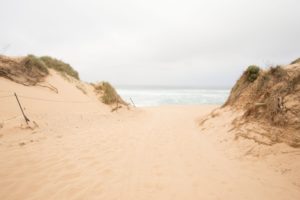 Human pressure, landscape use and how nature is valued, affect beach dune systems and can result in conflicts of interest. To prevent this, IMPETUS is implementing nature-based solutions such as dune restoration.
On the Catalan coast, the project is monitoring and analysing the current dune system and assessing the impacts of climate change, such as through the frequency and intensity of marine storms, as well as the human impact mainly through tourism.
Human pressure, landscape use and how nature is valued, affect beach dune systems and can result in conflicts of interest. To prevent this, IMPETUS is implementing nature-based solutions such as dune restoration.
On the Catalan coast, the project is monitoring and analysing the current dune system and assessing the impacts of climate change, such as through the frequency and intensity of marine storms, as well as the human impact mainly through tourism.
Our approach:
- Test, monitor and assess restoration actions on tourist beaches regarding their resilience against marine storms.
- Enhance biodiversity and promote citizens’ behavioural change.
- Test that the solution aligns with the IUCN Global Standard for nature-based solutions.
- Propose guidelines to improve the effectiveness of other restoration actions and create a plan for upscaling dune restoration in coastal Catalonia.
Decentralised, hybrid, fit-for-use reclamation system for increasing water availability

 Decentralised systems to treat grey water before discharge or re-use commonly use conventional or advanced technologies, such as a membrane bioreactor or nature-based solutions (NBS) such as constructed wetlands.
Decentralised systems to treat grey water before discharge or re-use commonly use conventional or advanced technologies, such as a membrane bioreactor or nature-based solutions (NBS) such as constructed wetlands.
Our approach:
- Design a compact hybrid decentralised water reclamation system and install it in a tourist camping complex.
- Take into account challenges linked to the seasonal occupation of the complex.
- Assess the quality of water produced and its suitability for irrigation and cleaning purposes.
- Demonstrate the feasibility of the system, showing that in these circumstances hybrid treatment reduces energy requirements and the system footprint.
Sediment delivery to coastal areas via irrigation networks


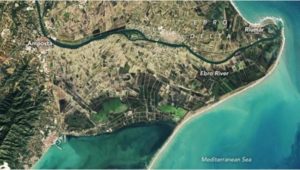 To help protect coastal areas against sea-level rise and flooding, river sediments need to accumulate at the coast. IMPETUS proposes a computational model to track the sediment transport capacity of rivers and irrigation channels as a step towards improved sediment management.
To help protect coastal areas against sea-level rise and flooding, river sediments need to accumulate at the coast. IMPETUS proposes a computational model to track the sediment transport capacity of rivers and irrigation channels as a step towards improved sediment management.
Our approach:
- Use irrigation networks to deliver river sediments to agricultural areas below sea level in the most threatened coastal areas.
- Use Computational Fluid Dynamics to model the irrigation system of a test delta estuary site in the region.
- Validate the existing computational tools for the Ebro Delta context, to support local decision making about water irrigation management.
- Make these computational tools available for use in similar environments that need strategies for efficient sediment transport.
Improving bathing water quality in extreme storm events

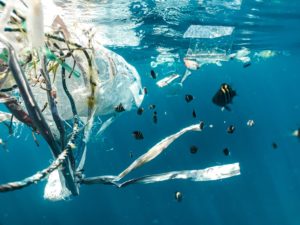 Disease-causing microbes such as E.coli bacteria can cause stomach pain and cramps, nausea, vomiting, diarrhoea or even respiratory or blood infections. Climate change can make such microbes more prevalent and better able to infect humans, for example when bathing in the sea or camping in sites with inadequate sewage treatment.
Disease-causing microbes such as E.coli bacteria can cause stomach pain and cramps, nausea, vomiting, diarrhoea or even respiratory or blood infections. Climate change can make such microbes more prevalent and better able to infect humans, for example when bathing in the sea or camping in sites with inadequate sewage treatment.
Our approach:
- Use existing tools that predict, monitor and manage water-borne diseases.
- Implement a Combined Sewer Overflow management tool that uses advanced online pathogen monitoring and water quality models to prevent water quality decrease.
Increasing drinking water plant resilience to water-borne pathogens

 Blue-green algae grow well in temperatures of around 25°C. Algal blooms usually develop during the warmer months of the year, when water temperature is higher and there is more sunlight, but a warming climate provides optimal conditions more often or for longer. Freshwater, estuarine and marine algae can impact water quality, in some cases leading to health risks for people, stock, wildlife and domestic animals.
Blue-green algae grow well in temperatures of around 25°C. Algal blooms usually develop during the warmer months of the year, when water temperature is higher and there is more sunlight, but a warming climate provides optimal conditions more often or for longer. Freshwater, estuarine and marine algae can impact water quality, in some cases leading to health risks for people, stock, wildlife and domestic animals.
Our approach:
- Implement advanced monitoring tools in freshwater reservoirs to predict algal bloom events.
- Prevent algal growth in reservoirs using technology based on ultrasonic treatment.
- Evaluate solar disinfection for the removal of algal toxins during drinking water treatment.
- Implement quantitative microbial risk assessment techniques.
- Develop a decision support tool to consider specificities regarding the most vulnerable coastal regions and evaluate the resilience of current drinking water treatment systems.
Changes in the spatial distribution of species

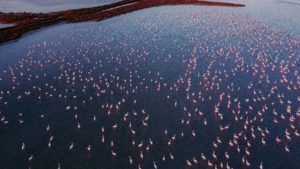 Where different species of plants and animals live and thrive is highly dependent on factors such as the underlying geology and soil, the topography of the landscape, how much disturbance it experiences and which other organisms are there to provide food or competition. The climate is another, very significant factor.
Where different species of plants and animals live and thrive is highly dependent on factors such as the underlying geology and soil, the topography of the landscape, how much disturbance it experiences and which other organisms are there to provide food or competition. The climate is another, very significant factor.
Our approach:
- Use the latest modelling techniques and analytical frameworks to explore how likely it is that species will change their distributions in the region because of climate change.
- Assess potential changes in the spatial distributions of a wide range of species in coastal dunes and marshlands along the Catalonian coast, comparing projected future distributional changes with past and current distributions, taking advantage of the IMPETUS digital toolkits.
- Classify the assessed species (including vertebrates, invertebrates and plants) according to their risk of local extinction or significant decrease in local populations and their opportunities to expand their ranges.
- Identify climate change adaptation measures that could strengthen the resilience of target species and ecosystems.
Satellite-based coastal erosion hot-spot assessment

 IMPETUS will assess the impact on coastal erosion by studying the effects of past and future alterations of wave dynamics and morpho-hydrological conditions.
IMPETUS will assess the impact on coastal erosion by studying the effects of past and future alterations of wave dynamics and morpho-hydrological conditions.
Our approach:
- Establish a consistent time and spatial coverage of the Catalan coast by combining reliable datasets with synthetic-aperture radar (SAR) detection.
- Determine which areas are most vulnerable to coastal erosion, which will be key to identifying critical infrastructure in relation to the probable occurrence of extreme events.
Economic impact assessment of physical climate risk

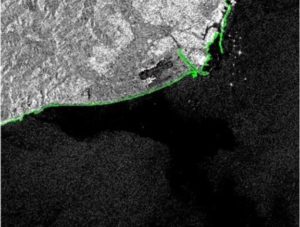 Socio-economic tools and risk projections make it possible to assess climate risks and establish projections and metrics regarding future investments.
Socio-economic tools and risk projections make it possible to assess climate risks and establish projections and metrics regarding future investments.
Our approach:
- Identify highly vulnerable hot-spots using open datasets for Copernicus services and satellite-derived variables.
- Transform this knowledge into a specific regional model and include this in the demo site Resilience Knowledge Booster (RKB).
- Use the RKB and regional model to generate economic assessment metrics that can be used to aid decision-making about investments and future mitigation plans.
Pursuing behavioural change for climate-resilient tourism

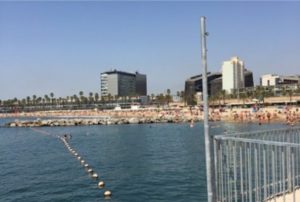 Persuading people to change their behaviour and sustain new behaviours over time is a major challenge. People who live and work in any region that is impacted by climate change need to understand what the risks and challenges are, how they can make positive changes, and how this can benefit them as well as the environment.
Persuading people to change their behaviour and sustain new behaviours over time is a major challenge. People who live and work in any region that is impacted by climate change need to understand what the risks and challenges are, how they can make positive changes, and how this can benefit them as well as the environment.
Our approach:
- Set up small thematic groups of regional stakeholders and present them with hypothetical situations regarding climate change impacts.
- Increase awareness about climate change impacts, especially in the tourism sector.
- Co-design and demonstrate specific solutions for climate change adaptation in the tourism sector.
- Promote behavioural change among all ranks of employees in companies in the tourism sector.

